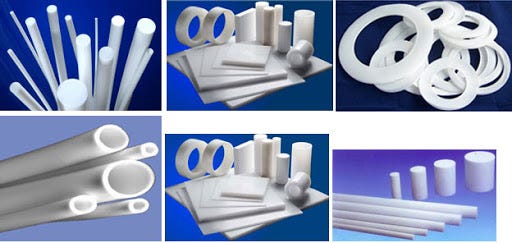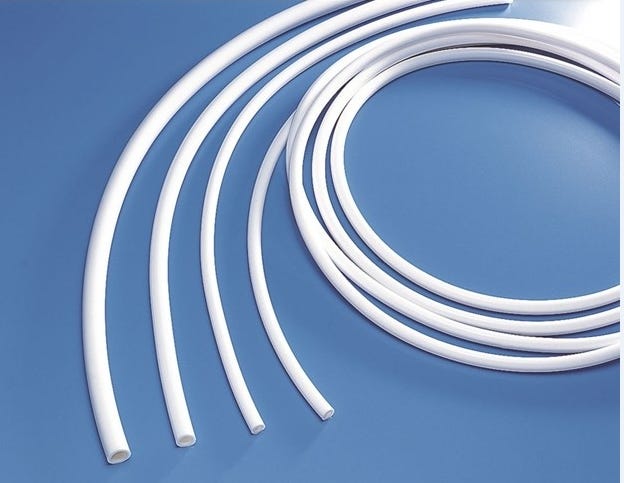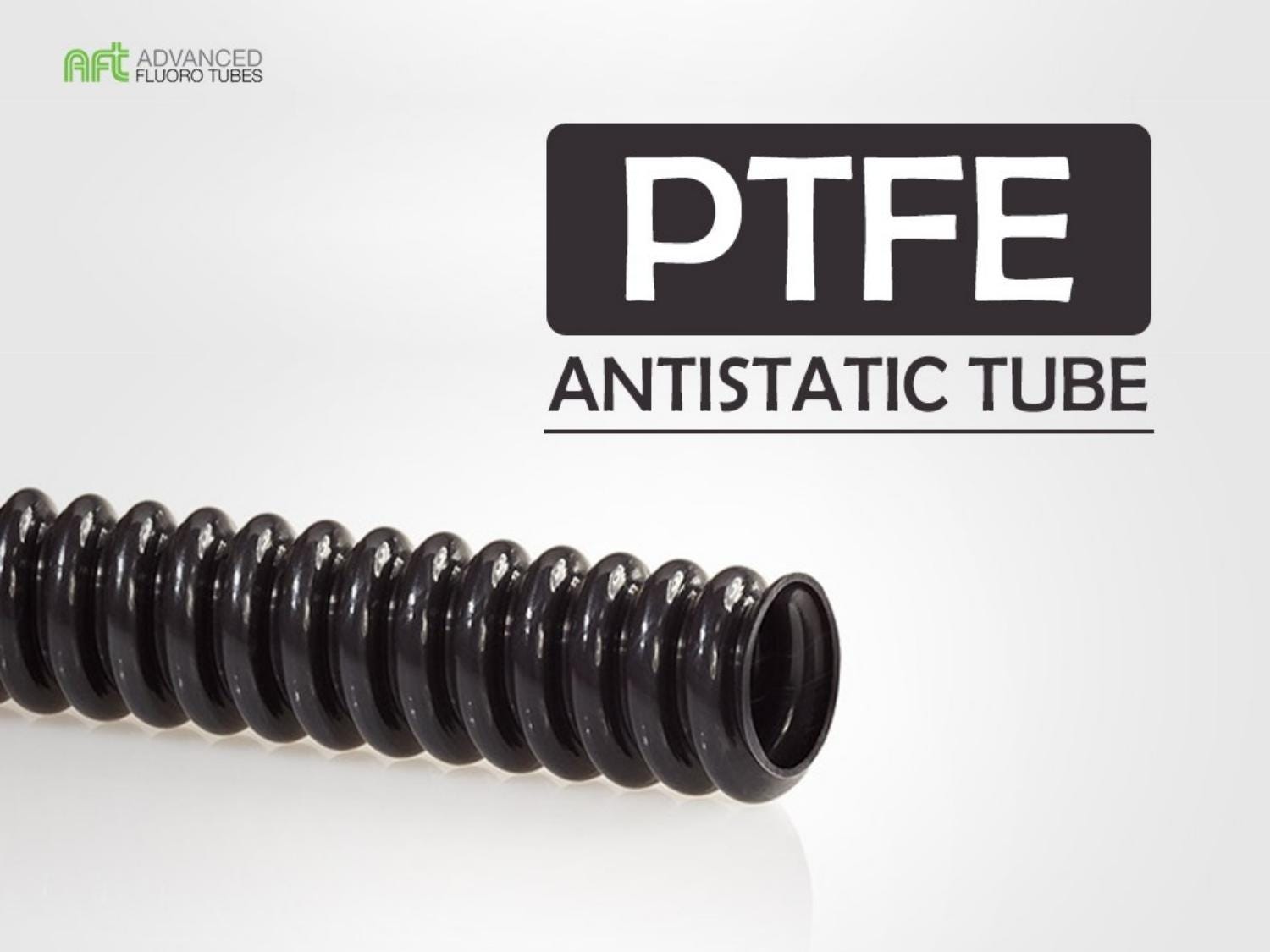PTFE hose pipe or Polytetrafluoroethylene is what you can call one of the best and certainly the most effective plastic material. It is ivory-white and opaque fluoropolymer; the process of making it up is using free-radical polymerization of a number of tetrafluoroethene molecules that are used in a number of different industries and yes, it is not only a large part of acid industries but also a major part of other industries, namely the food and drink industry, the telecom industry and the pharmaceuticals.

The Chief Properties of PTFE
The PTFE tube is a
wonderful material, having features such as its flexibility, its
thermal resistance, chemical resistance, its non-stick feature and it is
also electrically resistant material with its melting point being
327°C, and pure PTFE has high flexural strength, even in very low
temperatures, high dielectric strength and electrical strength. PTFE hose offers very high resistance to water and a fairly low coefficient of friction. PTFE’s density ranges from the 2200 kg/m3 mark.
The only disadvantage is that it may have a reaction to chemical agents
and solvents such as chlorine trifluoride, xenon difluoride, cobalt
(III) fluoride, or elementary fluorine if it is put under high pressure
and temperature conditions. PTFE does not have very high energy
radiation, which forces the breakdown of PTFE molecules.
A Few Modified Features of PTFE
Apart from PTFE, there are other two copolymers that have different properties.
Perfluoroalkoxy otherwise known as PFA has almost similar properties of
PTFE as it is flexible, very chemically resistant and thermally stable
and can be used up to 260 degrees C even if PTFE has the properties of
being able to creep, PFA is creep resistant and is used for a number of
properties such as extrusion, melt-processing, injection molding,
transfer molding, compression molding and blow molding.
TFM,
another name for the same is PTFE-TFM, is polytetrafluoroethylene
complete with perfluoropropylvinylether acting as an additional
modifier, a material which is quite stiff being creep-resistant like
PFA, and weldable.

Advantages of PTFE
PTFE is undeniably very versatile and has a host of applications to speak of.
It is a big part of manufacturing and engineering industries, it is not
limited to using in tubes or liners or for handling or storing a few
corrosive chemicals, but it is also used in a number of parts such as
bearings or screws to boost the lifespan of the parts and also the
machinery it is part of.
The
longer-lasting, higher-performance enhances the shelf-life and the
efficiency of any machine it is part of, thus reducing the requirement
of constantly replacing parts, which leads to saving money and reducing
waste. Hence it cuts down on constant maintenance issues with the
equipment which will lead to the reduction of any expensive
manufacturing downtime due to the repairs and faults and will create
problems for PTFE hose manufacturer.
PTFE coat has non-wetting properties and felicitates self-cleaning which again reduces the cost of frequent cleaning.
Teflon textile finishes are environment-friendly because the finish
repels water and oil stains, and reduce the requirement of dry-cleaning
and fabrics will also tend to dry up quickly, using far less energy with
methods as tumble drying, and with the reduction of wear, it also tends
to last longer.
Take a look at the above properties of PTFE and it will explain why it is one of the most sought-after pipes and tubes catering to the needs of most of the industries.




